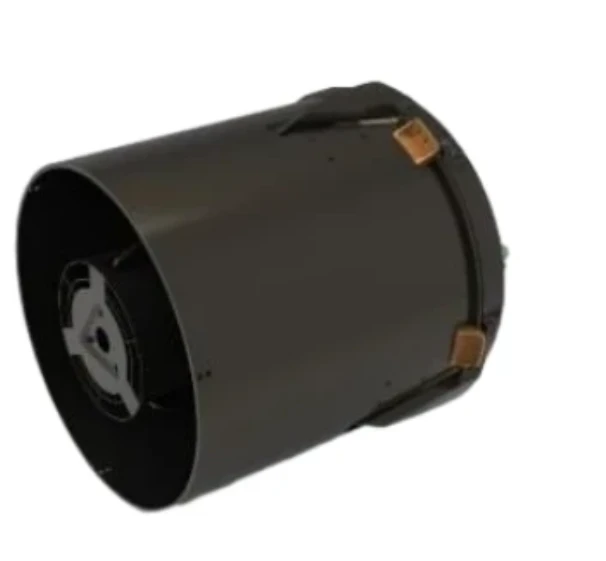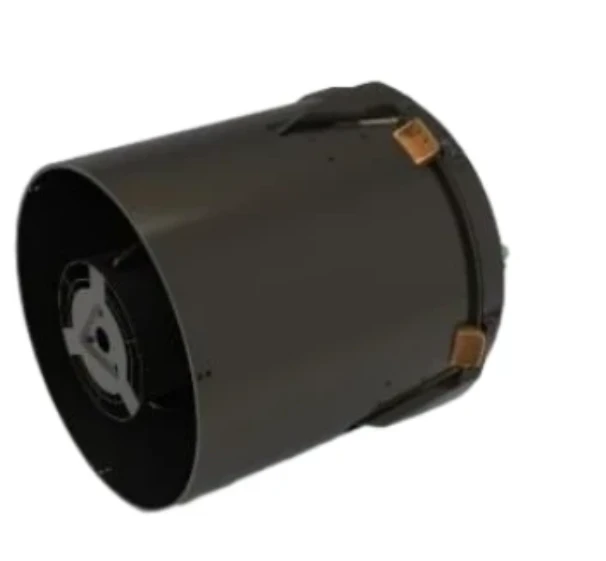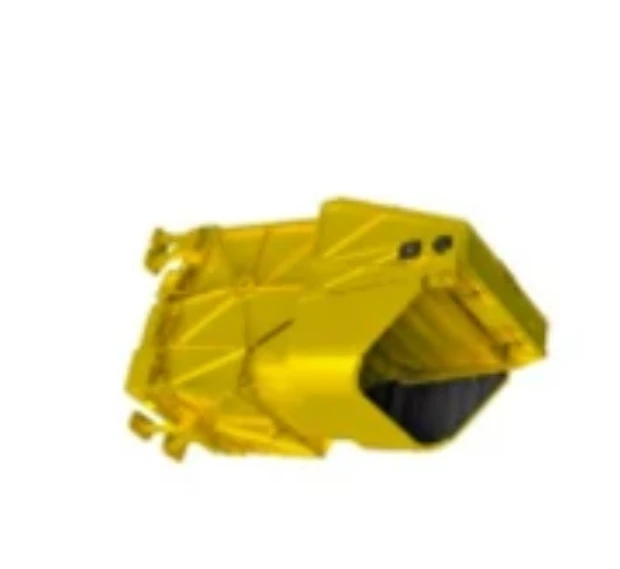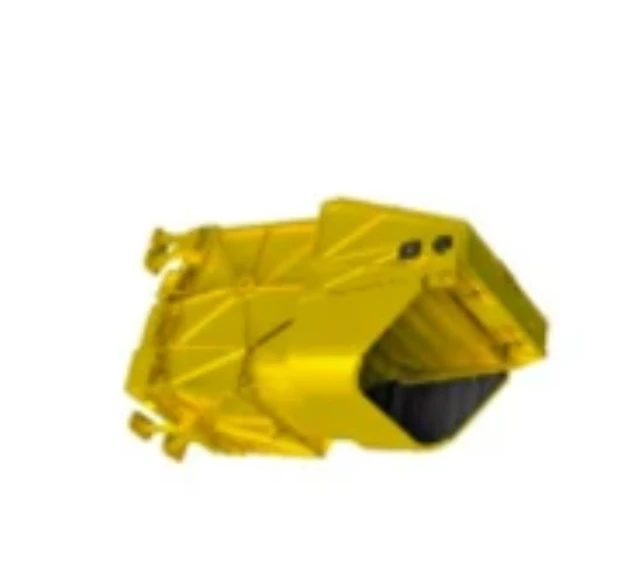
- Afrikaans
- Albanian
- Amharic
- Arabic
- Armenian
- Azerbaijani
- Basque
- Belarusian
- Bengali
- Bosnian
- Bulgarian
- Catalan
- Cebuano
- China
- Corsican
- Croatian
- Czech
- Danish
- Dutch
- English
- Esperanto
- Estonian
- Finnish
- French
- Frisian
- Galician
- Georgian
- German
- Greek
- Gujarati
- Haitian Creole
- hausa
- hawaiian
- Hebrew
- Hindi
- Miao
- Hungarian
- Icelandic
- igbo
- Indonesian
- irish
- Italian
- Japanese
- Javanese
- Kannada
- kazakh
- Khmer
- Rwandese
- Korean
- Kurdish
- Kyrgyz
- Lao
- Latin
- Latvian
- Lithuanian
- Luxembourgish
- Macedonian
- Malgashi
- Malay
- Malayalam
- Maltese
- Maori
- Marathi
- Mongolian
- Myanmar
- Nepali
- Norwegian
- Norwegian
- Occitan
- Pashto
- Persian
- Polish
- Portuguese
- Punjabi
- Romanian
- Russian
- Samoan
- Scottish Gaelic
- Serbian
- Sesotho
- Shona
- Sindhi
- Sinhala
- Slovak
- Slovenian
- Somali
- Spanish
- Sundanese
- Swahili
- Swedish
- Tagalog
- Tajik
- Tamil
- Tatar
- Telugu
- Thai
- Turkish
- Turkmen
- Ukrainian
- Urdu
- Uighur
- Uzbek
- Vietnamese
- Welsh
- Bantu
- Yiddish
- Yoruba
- Zulu
Advancements and Applications in Satellite Remote Sensing Technologies
In the ever - evolving field of Earth observation, satellite remote sensing has emerged as a transformative tool for gathering detailed information about the planet’s surface and atmosphere. Technologies such as landsat satellite remote sensing, night time light satellite imagery, panchromatic satellite imagery, and the broader domain of remote sensing and satellite imagery offer unique perspectives that drive innovation across various disciplines, from environmental monitoring to urban planning. These tools provide invaluable data that helps scientists, policymakers, and researchers make informed decisions in an increasingly data - driven world.
Unveiling the Capabilities of Landsat Satellite Remote Sensing
Landsat satellite remote sensing stands as a cornerstone in the history of Earth observation, providing continuous, long - term data since its inception. Operated by NASA and the U.S. Geological Survey, Landsat satellites capture multispectral imagery that allows for detailed analysis of land cover changes, vegetation health, and water quality. For example, in forestry management, landsat satellite remote sensing helps track deforestation by monitoring changes in vegetation indices over time. Its moderate resolution and global coverage make it ideal for large - scale environmental studies, ensuring that researchers can identify trends and patterns that might otherwise go unnoticed. The data from Landsat missions serve as a critical resource for international initiatives aimed at sustainable development and climate action.
Harnessing the Power of Night Time Light Satellite Imagery
Night time light satellite imagery offers a unique vantage point, revealing human activity patterns through the glow of urban areas and infrastructure. This type of imagery is derived from satellites equipped with sensors sensitive to low - level light, capturing the extent of urbanization, energy consumption, and even economic activity. In disaster response, night time light satellite imagery can quickly assess the impact of power outages or identify populated areas in need of aid. Additionally, it plays a role in urban planning by helping policymakers understand city growth patterns and allocate resources effectively. The ability to visualize human presence and activity at night provides insights that complement daytime remote sensing data, offering a more complete picture of Earth’s dynamics.
The Precision of Panchromatic Satellite Imagery
Panchromatic satellite imagery is prized for its high - resolution detail, capturing sharp, black - and - white images that are essential for applications requiring fine - scale analysis. Unlike multispectral imagery, which captures data in multiple wavelength bands, panchromatic sensors focus on a single broad band, typically in the visible spectrum, to maximize spatial resolution. This makes panchromatic satellite imagery ideal for tasks such as mapping road networks, identifying individual buildings, or monitoring coastal erosion. In agriculture, it helps assess crop health at the field level, enabling farmers to implement precision farming techniques. The clarity of panchromatic images also supports military and security applications, where detailed terrain analysis is crucial for mission planning.
Integrating Remote Sensing and Satellite Imagery for Comprehensive Insights
The synergy between remote sensing and satellite imagery lies in their ability to combine data from various sources and sensors, providing a holistic view of Earth’s systems. Remote sensing, as a broader discipline, encompasses not only satellite imagery but also data from airborne platforms and ground - based sensors. When integrated with satellite imagery, this data helps create detailed models for climate research, natural resource management, and disaster mitigation. For instance, combining remote sensing and satellite imagery can enhance the accuracy of flood mapping by incorporating radar data for water detection with optical imagery for land cover classification. This integration allows for more robust analysis, ensuring that decisions are based on comprehensive and reliable information.
Utilizing Remote Sensing Satellite Image Data Across Sectors
Remote Sensing satellite image data finds applications in a wide range of sectors, driving innovation and efficiency. In archaeology, these images help identify ancient structures buried beneath vegetation or soil, while in oceanography, they monitor sea surface temperatures and marine ecosystems. Urban planners use remote sensing satellite image data to assess land use, plan infrastructure, and promote sustainable city development. The energy sector relies on such images to locate potential renewable energy sites, such as solar or wind farms, by analyzing terrain and weather patterns. As technology advances, the accessibility and resolution of remote sensing satellite images continue to improve, opening new possibilities for cross - disciplinary research and problem - solving.
FAQ: Key Insights into Satellite Remote Sensing Technologies
What Makes Landsat Satellite Remote Sensing Unique Among Other Systems?
Landsat satellite remote sensing stands out due to its long - running dataset, dating back to 1972, which allows for consistent, multi - decade comparisons of land surface changes. Its global coverage, moderate resolution, and public data access make it a foundational resource for researchers and organizations worldwide, supporting studies on climate change, deforestation, and urban expansion.
How Is Night Time Light Satellite Imagery Used in Economic Analysis?
Night time light satellite imagery correlates with economic activity, as brighter areas often indicate more developed regions with higher energy consumption. Economists use this data to estimate gross domestic product (GDP) in regions with limited official statistics, monitor industrial growth, and assess the impact of economic policies on urban and rural areas.
What Are the Primary Advantages of Panchromatic Satellite Imagery?
The main advantage of panchromatic satellite imagery is its high spatial resolution, which enables detailed visualization of small features on the ground. This makes it indispensable for applications requiring precise mapping, such as urban planning, infrastructure development, and military reconnaissance, where fine details can significantly impact decision - making.
How Does Remote Sensing Differ from Traditional Satellite Imagery?
Remote sensing is a broader field that includes satellite imagery as one of its data sources. It involves the collection of information about an object or area without physical contact, using sensors on satellites, aircraft, or drones. Satellite imagery, specifically, refers to images captured by satellites, which can be part of a remote sensing dataset but does not encompass the full scope of remote sensing techniques.
How Can Researchers Access Remote Sensing Satellite Image Data?
Many governments and organizations provide free or low - cost access to remote sensing satellite image data. For example, the U.S. Geological Survey offers Landsat data through its Earth Explorer platform, while the European Space Agency provides Sentinel satellite data. Commercial providers also offer high - resolution imagery for specialized applications, often through subscription - based models or pay - per - image services.











